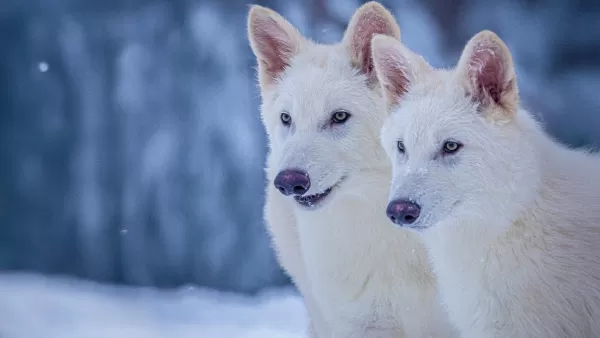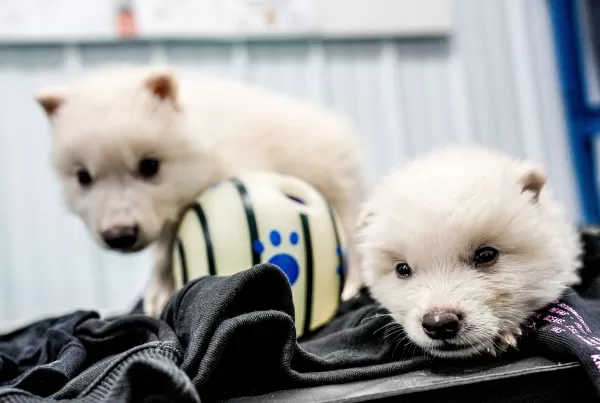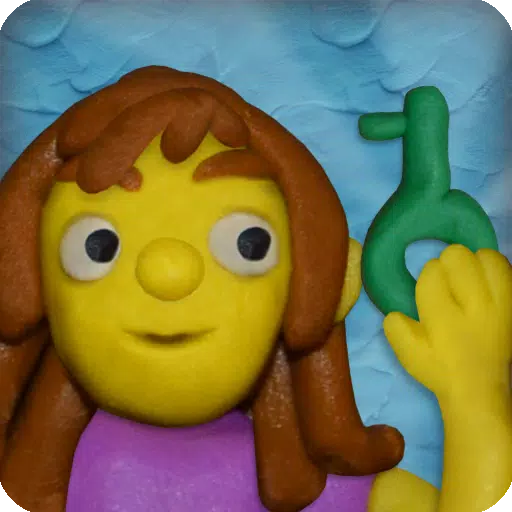Bringing a super-sized canine back from extinction after 12,500 years might sound like the plot of a thrilling movie complete with dramatic special effects, but it's become a reality thanks to the efforts of Colossal Biosciences. This biotech company has successfully revived three dire wolves, now residing in a secret location within the United States.

Using a blend of DNA from the common gray wolf, advanced gene-editing techniques, and domestic dog surrogates, Colossal Biosciences introduced Romulus, Remus, and their younger sister, Khaleesi, to the world. These majestic creatures embody the dreams of any "Game of Thrones" enthusiast: large, white, and undeniably awe-inspiring.
“I could not be more proud of the team. This massive milestone is the first of many coming examples demonstrating that our end-to-end de-extinction technology stack works,” stated Ben Lamm, CEO of Colossal.
“Our team took DNA from a 13,000 year old tooth and a 72,000 year old skull and made healthy dire wolf puppies. It was once said, ‘any sufficiently advanced technology is indistinguishable from magic.’ Today, our team gets to unveil some of the magic they are working on and its broader impact on conservation.”

Colossal Biosciences isn't new to making waves in the scientific community. They previously engineered a "Colossal Woolly Mouse," a mouse designed to mimic the appearance of a woolly mammoth, using detailed computational analysis of various mammoth genomes. However, critics argue that the dire wolves are essentially regular wolves in elaborate disguises, pointing out that the existing dire wolf DNA might not be sufficient to produce true genetic clones.
Beyond the allure of reviving extinct species, Colossal Biosciences aims to apply their findings to the conservation of current species for future generations.
“The de-extinction of the dire wolf and an end-to-end system for de-extinction is transformative and heralds an entirely new era of human stewardship of life,” said Dr. Christopher Mason, a scientific advisor and member of the board of observers for Colossal.
“The same technologies that created the dire wolf can directly help save a variety of other endangered animals as well. This is an extraordinary technological leap in genetic engineering efforts for both science and for conservation as well as preservation of life, and a wonderful example of the power of biotechnology to protect species, both extant and extinct.”
Colossal Biosciences has collaborated with the American Humane Society and the USDA to ensure the well-being of these dire wolves, who live on a 2,000+ acre preserve and are cared for by a dedicated team of staff.

 Latest Downloads
Latest Downloads
 Downlaod
Downlaod




 Top News
Top News






![Cockham Superheroes – New Version 0.5.2 [EpicLust]](https://images.5534.cc/uploads/36/1719595948667ef3acb2d9e.jpg)


